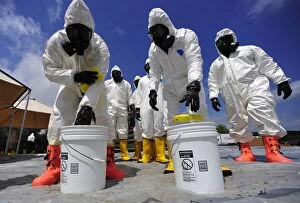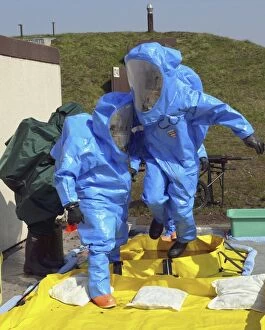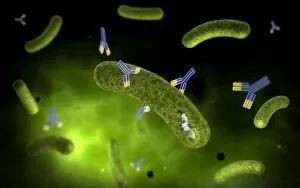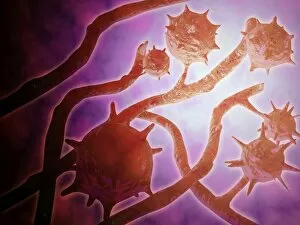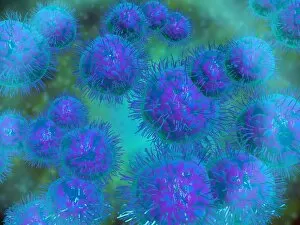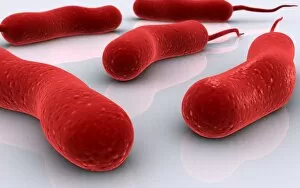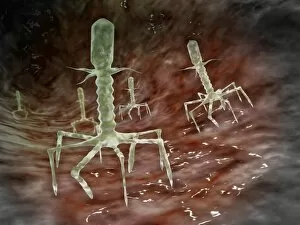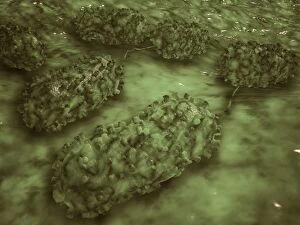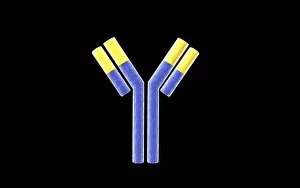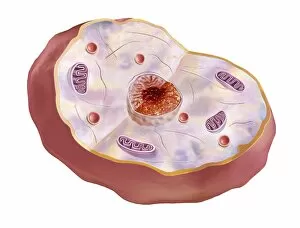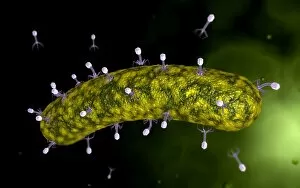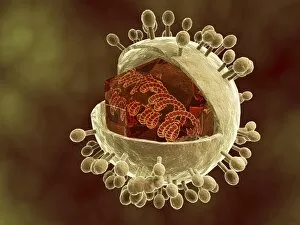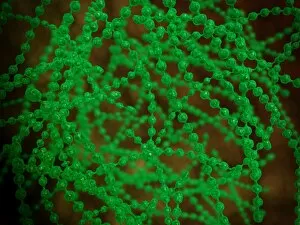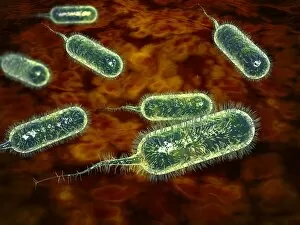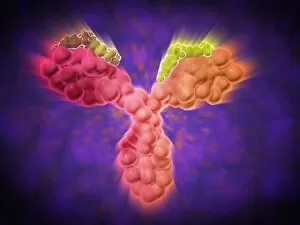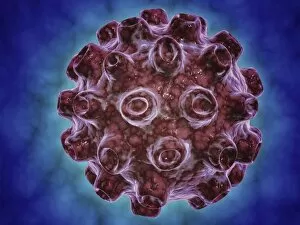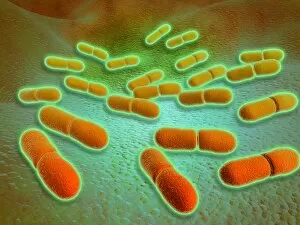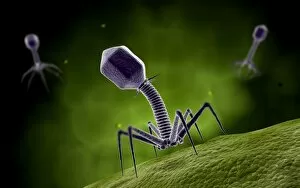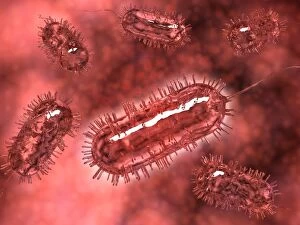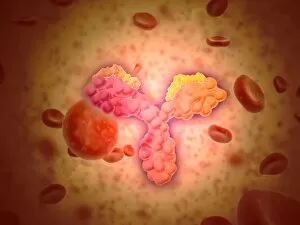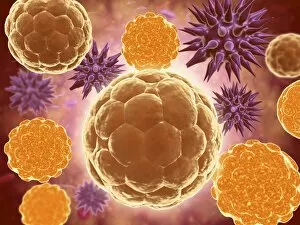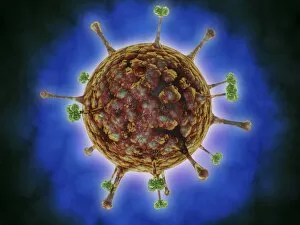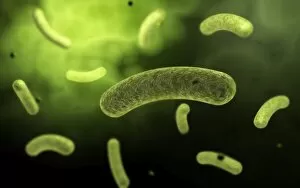Germ Collection (#2)
"Germ: The Silent Invader Unveiled" Tuberculosis Don't kiss me. Your kiss of affection - the gateway to a hidden enemy
For sale as Licensed Images
Choose your image, Select your licence and Download the media
"Germ: The Silent Invader Unveiled" Tuberculosis Don't kiss me. Your kiss of affection - the gateway to a hidden enemy. Infections spread by sneezing, an invisible threat lurking in every breath we take. Behold artwork C013/5949, revealing the haunting reality of these microscopic intruders. Step back in time to 1906 and witness colonies of Haemophilus influenzae, Mycobacterium leprae, Micrococcus Gonorrhoea, Streptococcus pneumoniae with and without bubble capsules, Streptococcus Pneumoniae – all captured through lithography. These illustrations serve as a chilling reminder that even then, scientists were grappling with the mysteries of these minuscule foes. Marvel at the spirillum of Spirochaetes Borrelia Recurrentis under scrutiny within a blood sample. This spirochete is responsible for Lyme disease; its presence undetectable until symptoms arise. Vibrio cholerae's colony stands tall among them all – causing havoc since 1906 when this lithograph was created. Clostridium tetani reveals itself alongside its spores - an unwelcome guest capable of inducing tetanus if given the chance. And there it is again: Mycobacterium tuberculosis; another colony from 1906 reminding us how long this battle has raged on. Finally, witness Staphylococcus pyogenes after cell division – multiplying rapidly like an army preparing for war against our immune system. These lithographs transport us into a world unseen by our naked eyes but felt profoundly throughout history. They remind us that they are not just abstract concepts but living organisms capable of wreaking havoc upon humanity if left unchecked. Let us learn from their visual tales and arm ourselves with knowledge and preventative measures against these silent invaders who continue to shape our lives even today.

